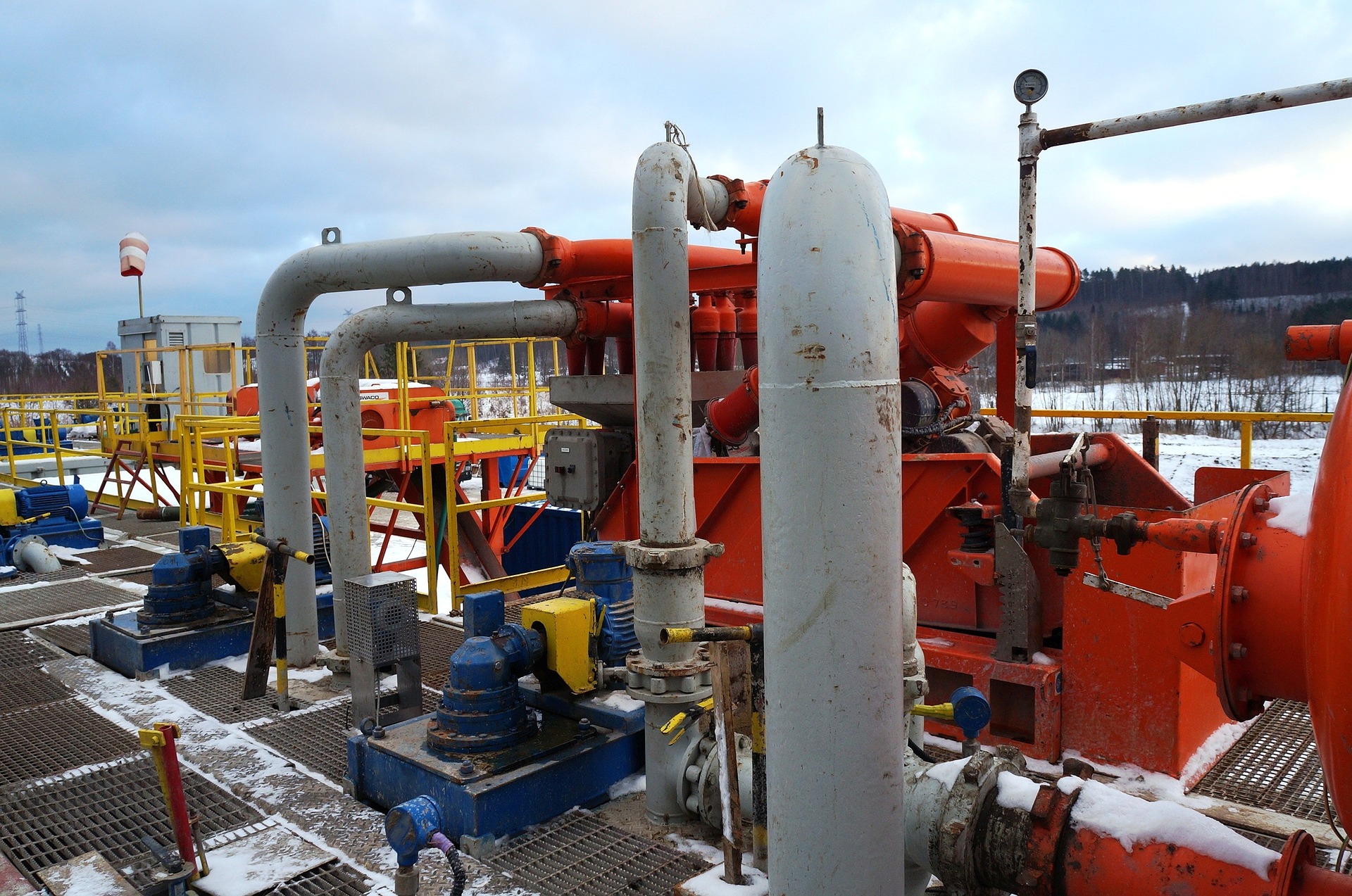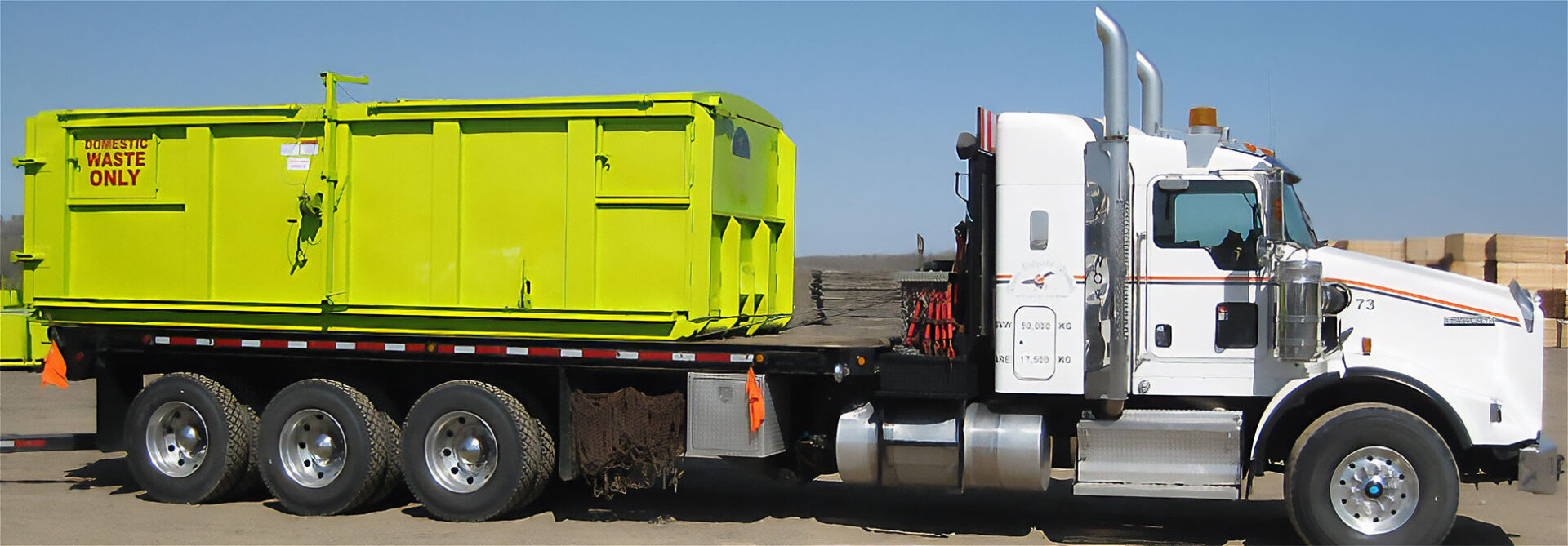Superior Oilfield Rentals oilfield: impact on productivity
A Comprehensive Guide to the Different Sorts Of Oil Field Equipment and Pipeline Equipment Available
The oil and gas market counts greatly on customized devices for reliable removal and transport. Various kinds of equipment, from piercing rigs to tank, play crucial roles in this intricate procedure. Each tool offers unique features that add to total operational success. Comprehending these components is essential for any individual involved in the sector. As the sector develops, so as well do the modern technologies that support it. What developments are on the perspective?

Drilling Rigs: The Backbone of Oil Expedition
Drilling rigs act as the vital equipment in the domain name of oil exploration, enabling business to accessibility hydrocarbon reserves buried deep below the Earth's surface area. These rigs come in different kinds, consisting of land rigs, offshore rigs, and mobile units, each created to run in particular environments. Furnished with advanced modern technology, piercing rigs can permeate geological formations with precision, making sure effective resource removal. The structural honesty and functional capabilities of these rigs are crucial, as they should withstand severe problems and substantial pressures. Moreover, the option of a drilling rig impacts the overall project price and timeline, making it an essential factor to consider for oil business looking for to optimize their expedition initiatives and make the most of performance in their procedures.
Pumps: Necessary for Liquid Motion
In the oil removal process, the function of pumps is significant, assisting in the activity of liquids throughout different phases of manufacturing. Pumps are necessary for transporting petroleum, water, and various other liquids from underground storage tanks to the surface and then with pipelines to refineries. They come in numerous types, including centrifugal, favorable variation, and completely submersible pumps, each serving details functions based upon the liquid characteristics and operational needs. Centrifugal pumps are frequently utilized for their effectiveness in high-flow applications, while positive displacement pumps stand out in dealing with thick fluids. The selection of pump impacts total performance, operational safety and security, and maintenance prices. Proper option and upkeep of pumps are essential for enhancing production and minimizing downtime in oil field operations.
Valves: Controlling Flow and Pressure

Valves play a vital function in taking care of the flow and stress of fluids within oil areas and pipelines. Different sorts of valves serve distinctive applications, each designed to accomplish particular functions essential for efficient operation - Superior rentals squeeze tools. Recognizing the features and usages of these shutoffs is necessary for enhancing system efficiency and security
Kinds of Valves
Vital elements in oil area operations, valves play a vital role in regulating the flow and stress of liquids within pipes and tools. Different sorts of valves are made use of to satisfy the diverse needs of oil and gas manufacturing. Typical kinds include gateway shutoffs, which supply a straight-line flow and marginal stress decrease; world shutoffs, known for their strangling capabilities; and ball valves, acknowledged for their quick on/off control. Additionally, check valves prevent backflow, while butterfly valves offer a lightweight solution for controling circulation. Each shutoff kind is developed with certain materials and setups to withstand the severe problems frequently located in oil areas, making certain integrity and performance in procedures. Recognizing these kinds is vital for reliable system monitoring.
Valve Applications and Functions
While numerous kinds of valves offer unique functions, their main applications revolve around managing flow and stress within oil and gas systems. Valves such as gate, world, and sphere valves regulate liquid movement, making certain peak performance and safety and security. Gateway valves are generally made use of for on/off control, offering marginal circulation resistance. World valves, on the other hand, offer precise circulation law, making them ideal for strangling applications. Sphere valves are preferred for their quick operation and tight securing capacities. Furthermore, pressure relief valves are essential for protecting against system overpressure, securing tools integrity. Overall, the ideal selection and application of shutoffs enhance functional performance, making certain the trusted transportation of oil and gas via pipes and handling facilities.
Compressors: Enhancing Gas Transportation
Compressors play an important function in the reliable transport of all-natural gas, ensuring that it moves smoothly via pipes over lengthy ranges. These devices raise the stress of natural gas, enabling it to overcome rubbing and elevation changes within the pipeline system. In addition, compressors assist in the harmonizing of supply and demand, fitting variations in consumption and production prices. Various sorts of compressors are used in the market, including centrifugal, reciprocating, and rotating screw compressors, each offering unique advantages based upon the functional requirements. Normal maintenance of these compressors is vital to make the most of performance and lessen downtime, eventually contributing to a trustworthy gas transportation network. Their important function underscores the value of compressors in the total oil and gas infrastructure.
Storage Tanks: Safe and Efficient Liquid Administration
Effective transport of gas relies upon different support group, one of which is the appropriate management of storage space containers. These storage tanks play a necessary function in safely including fluids, guaranteeing that operational performance is kept while decreasing ecological risks. Created from long lasting materials, they are created to stand up to high stress and corrosive elements. Correctly sized and tactically located, tank facilitate the smooth circulation of all-natural gas and other fluids, avoiding bottlenecks in supply chains. Regular maintenance and surveillance are vital to identify leaks or structural issues, advertising safety and compliance with governing standards. Inevitably, the reliable monitoring of storage tanks is crucial for the overall honesty and integrity of the oil and gas market's fluid handling systems.
Pipeline Systems: Framework for Transport
Pipeline systems function as the foundation of the oil and gas sector, helping with the reliable transportation of hydrocarbons over substantial distances. These systems include various parts, consisting of pipelines, valves, pumps, and compressors, all carefully made to assure smooth circulation. The products utilized in pipeline building and construction, often steel or high-density polyethylene, are picked for sturdiness and resistance to deterioration. Pipeline networks can extend throughout land and water, attaching manufacturing websites to refineries and distribution. Furthermore, advanced technology allows real-time surveillance browse around this web-site of flow prices and stress degrees, improving operational efficiency. The calculated placement of these pipes reduces environmental impact while maximizing source availability, therefore playing a necessary role in conference power needs worldwide.
Safety And Security Equipment: Ensuring Employee and Environmental Management
The procedure of pipeline systems, while essential for energy transport, additionally offers considerable safety and security difficulties for workers and the atmosphere. Safety equipment plays a considerable duty in reducing these risks. Individual protective equipment (PPE) such as safety helmets, handwear covers, and non-slip footwear safeguards workers from physical dangers. In addition, gas detection systems check for leaks, making certain that unsafe compounds do not present a danger to personnel or the surrounding environment. Emergency closure systems are imperative for swiftly stopping procedures during a situation, preventing prospective disasters. Spill control products, including absorbents and barriers, are fundamental for minimizing ecological influence. In general, spending in all-encompassing security equipment is vital for maintaining functional stability and protecting both workers and the atmosphere in the oil and gas field.

Often Asked Questions
How Do I Select the Right Oil Field Equipment for My Job?
Selecting the best oil area equipment entails reviewing task requirements, budget plan restrictions, and functional demands. Think about variables such as tools dependability, compatibility with existing systems, and the supplier's use this link online reputation to ensure peak efficiency and security.
What Are the Upkeep Requirements for Oil Field Equipment?
Maintenance needs for oil area devices consist of regular assessments, lubrication, and timely fixings. Operators must likewise stick to supplier guidelines, screen efficiency metrics, and guarantee compliance with safety laws to boost long life and performance.

Exactly How Can I Guarantee Conformity With Environmental Regulations?
To assure compliance with environmental guidelines, firms need to carry out normal audits, execute best methods, purchase training, maintain appropriate documentation, and stay upgraded on regulation (Superior rentals squeeze tools). Collaboration with ecological agencies can likewise enhance adherence to regulations
What Is the Typical Life Expectancy of Pipeline Equipment?
The ordinary life-span of pipeline devices commonly varies from 20 to 50 years, relying on aspects such as worldly high quality, environmental conditions, and upkeep methods. Regular assessments can greatly affect long life and operational effectiveness.
Just how Do I Safely Carry Oil Field Equipment to Remote Locations?
Transporting oil field devices to remote locations requires cautious additional resources preparation, consisting of route evaluation, safeguarding licenses, using suitable cars, and ensuring safety and security protocols are complied with. Appropriate training and interaction amongst teams are essential for successful transportation.